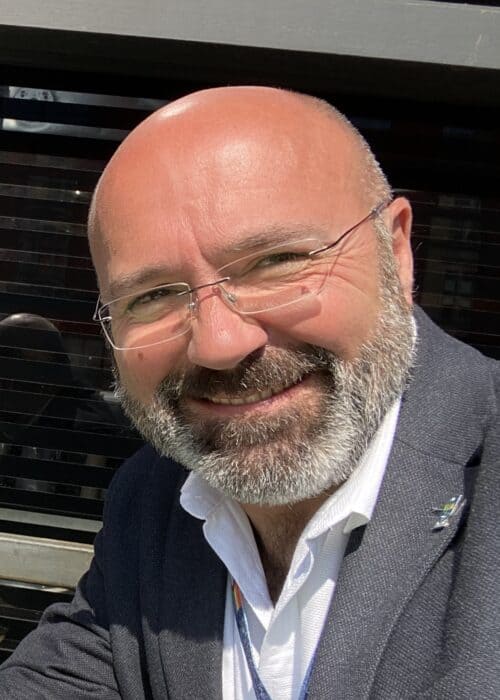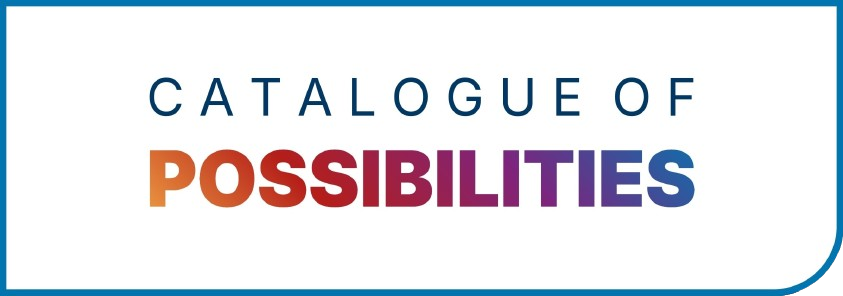Dr Manlio Tassieri he/him

Reader in Biomedical Engineering
Strategic Research Areas
My research passion lies in understanding and quantifying the mechanics of soft and biological matter, from complex polymers to living cells. I am fascinated by how physics can reveal the hidden viscoelastic properties of materials and how this knowledge can be translated into biomedical engineering and diagnostic applications. Over the years, I have pioneered new rheological approaches such as i-Rheo, which drastically accelerate the characterization of materials, making rheology faster, broader, and more accessible.
My group focuses on the development of innovative analytical and experimental tools to bridge physics, biology, and engineering. We work at multiple scales—bulk, micro, and single-cell—using methods ranging from microrheology and optical tweezers to advanced data analysis and AI-driven approaches. Collaboration is central to what we do: we have active projects with cell biologists, chemists, clinicians, and engineers. Looking forward, I am eager to form new partnerships with data scientists, quantum technologists, and sustainability researchers to extend rheology into new domains.
Within the CDT, I envisage projects that bring physics-based measurement science into conversation with biomedical engineering, diagnostics, and AI. Potential PhD projects could include AI-enabled diagnostics for soft-matter-based biosystems, broadband rheological characterization of biomaterials for regenerative medicine, or data-driven models linking polymer physics with healthcare technologies. I particularly enjoy supervising projects that challenge disciplinary boundaries and encourage students to think critically about how their science can have tangible societal impact. As a supervisor, I strive to be supportive, approachable, and ambitious for my students’ growth. Past students I have mentored have gone on to academic careers, industrial research, and applied roles in healthcare and technology.
Equity, diversity, and inclusion are values I hold strongly. As an academic, I have served on committees and initiatives aimed at supporting underrepresented groups and fostering inclusive environments. My commitment is to create research spaces where every student feels valued, respected, and empowered to succeed, regardless of their background.
On a personal note, I am originally from Naples and have made Glasgow my home. Outside the lab, I enjoy family life, good food, and exploring different cultures. I believe that curiosity—scientific and personal—is what keeps us growing, and I try to bring that same curiosity and openness into my supervision.

